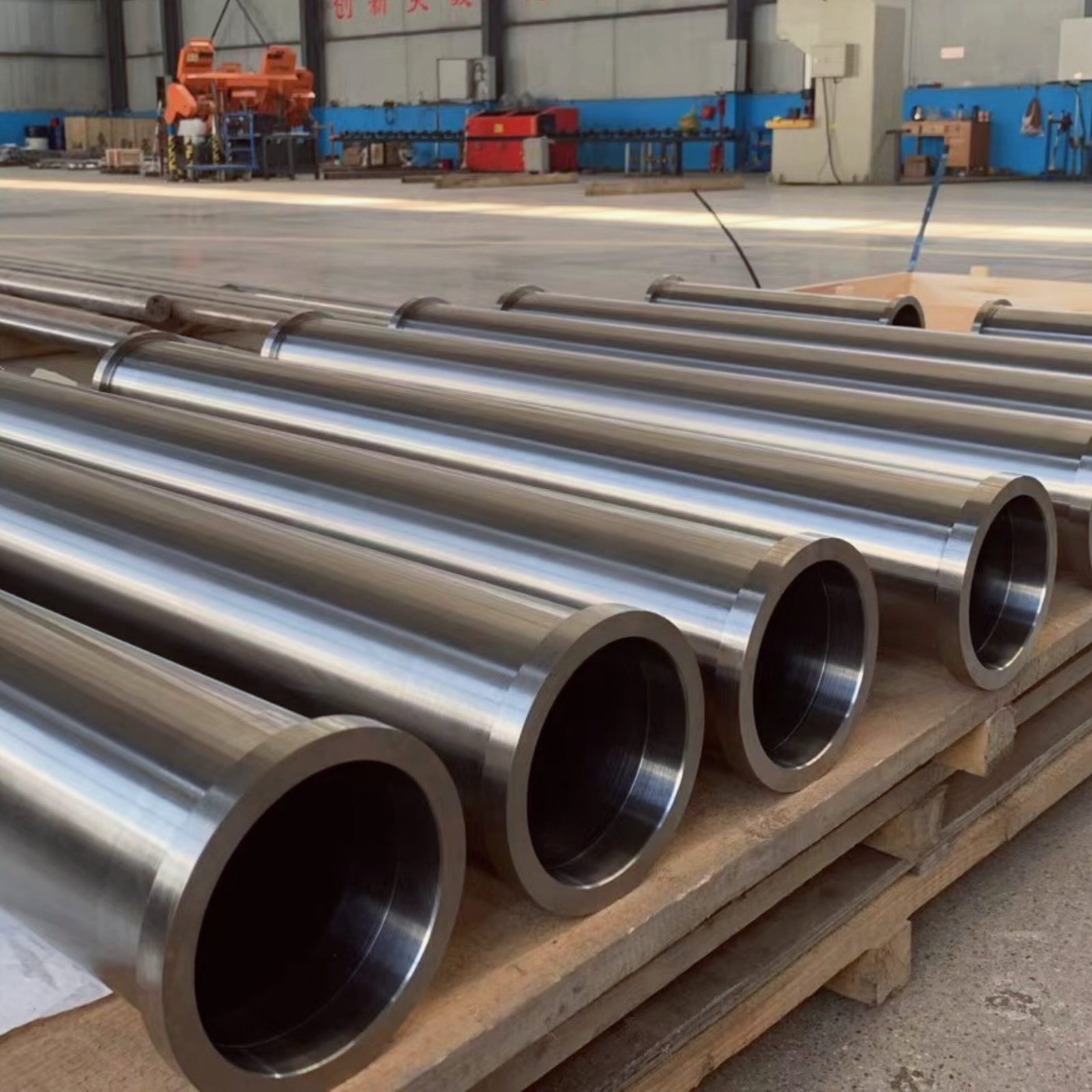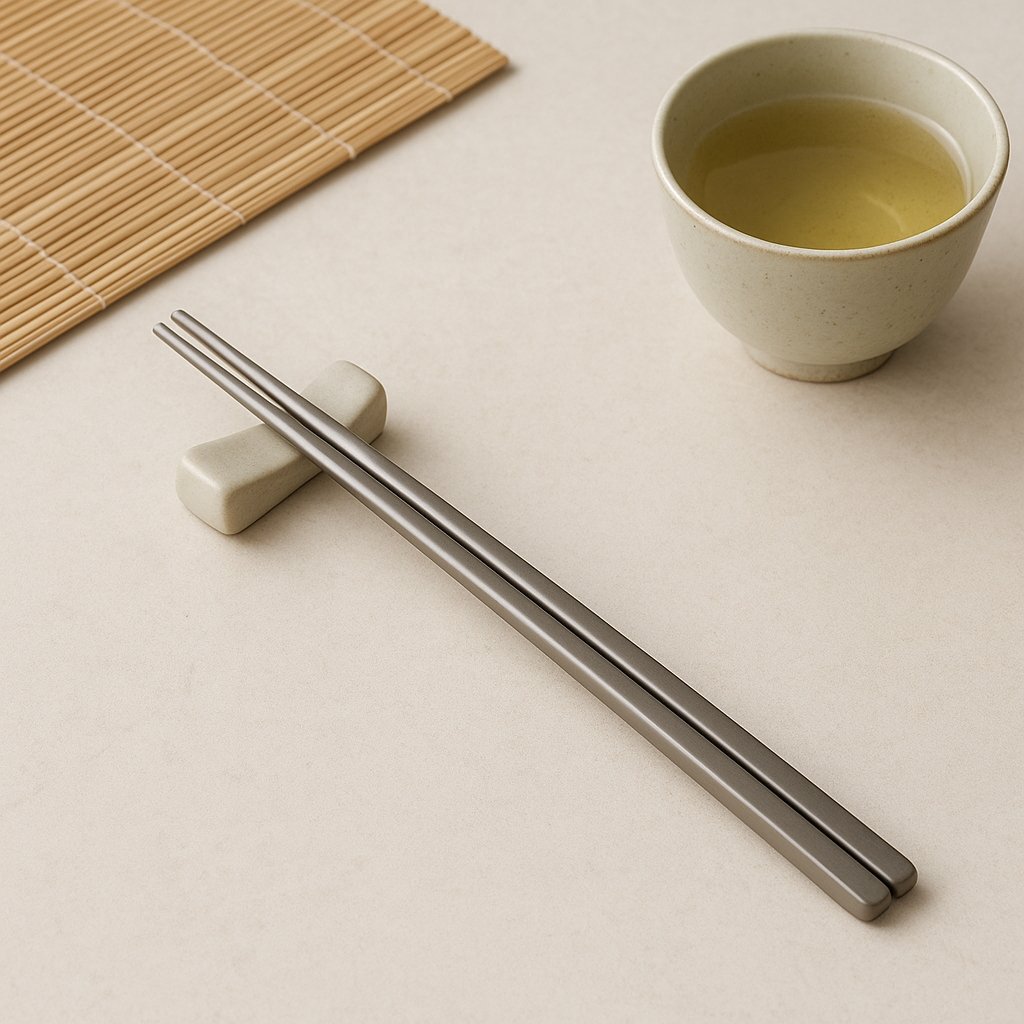Titanium alloys are widely recognized for being lightweight and biocompatible—but is that all they bring to the table? In reality, their true strength lies in a combination of advanced properties that go far beyond these two features.
With exceptional strength-to-weight ratio, corrosion resistance, and high-temperature stability, titanium alloys play a vital role in aerospace, marine, and medical industries—where performance under pressure is non-negotiable.
Although many associate titanium alloys with consumer products and medical implants, few realize why they’re the material of choice for some of the world’s most demanding applications. Let’s explore what truly makes titanium alloys irreplaceable.
Outstanding Specific Strength: Uniting Lightness with Load-Bearing Power?
When it comes to strength, steel is king—but it comes with weight. Aluminum is light—but lacks muscle under heat. What if we want both?
Titanium alloys strike a perfect balance between density and strength. With a density of around 4.5 g/cm³—40% lighter than steel—they deliver strength comparable to, or exceeding, many high-strength steels, making their specific strength exceptional.
Where does this high specific strength make a difference?
-
Fan Blades and Compressor Disks in Jet Engines: In high-performance engines like the GE9X or Rolls-Royce Trent series, rotating parts must endure immense centrifugal forces and heat. Titanium’s specific strength allows lighter parts without compromising performance—boosting fuel efficiency and payload capacity.
-
Frame Tubing for High-End Racing Bikes: For top-tier road and mountain bikes, frames must be lightweight and rigid. Titanium alloy tubing, used in elite brands like Moots or Litespeed, delivers the perfect combo of strength, durability, and a unique ride feel—lighter than steel, yet stronger than most alternatives.
Exceptional Corrosion Resistance: From the Deep Sea to the Human Body?
Rust is a metal’s nightmare. Even stainless steel isn’t immune in marine or chloride-rich settings. What survives when corrosion attacks from all sides?
Titanium alloys form an ultra-stable, tightly bonded oxide film (TiO₂) that resists corrosion from seawater, acids, alkalis, and chlorides. It even self-heals when damaged—making it ideal for the harshest environments.
Where does this shine?
-
Pressure Hulls for Deep-Sea Submersibles: Deep ocean missions combine high pressure, salinity, and cold. Titanium’s seawater resistance and strength make it the material of choice for submersibles like China’s Jiaolong and the U.S. Alvin—ensuring crew and equipment safety.
-
Heat Exchanger Tubes in Desalination Plants: In reverse osmosis and flash distillation, equipment faces long-term exposure to corrosive hot seawater. Titanium tubes resist erosion and maintain thermal efficiency, extending operational life dramatically.
-
Orthopedic Implants Like Artificial Joints: Inside the human body—a complex saline environment—titanium’s corrosion resistance prevents harmful ion release. Its compatibility with tissues makes it ideal for permanent implants like femoral heads, stems, and knee replacements.
Excellent High-Temperature Performance: Ready for Thermal Extremes?
Many metals weaken as they heat up. Some, like aluminum alloys, can’t handle 200°C. Titanium, however, stays tough when things get hot.
Optimized titanium alloys (e.g., Ti-6Al-4V with aluminum, tin, zirconium, molybdenum) maintain mechanical strength and structural integrity at elevated temperatures—some up to 600°C. Titanium's melting point is also far higher than steel or aluminum.
Where is this an asset?
- Airframe Skins and Structural Components of High-Speed Aircraft: Supersonic flight generates immense heat via aerodynamic friction. The SR-71 Blackbird famously used titanium for its heat-resistant airframe. Modern fighters like the F-22 Raptor also use titanium in load-bearing and engine-adjacent hot zones.
- Exhaust Systems in High-Performance Cars: Racecars and supercars require exhaust systems that withstand hot engine gases. Titanium manifolds and mufflers not only reduce weight—key for speed—but resist oxidation and thermal creep, ensuring long-term durability.
Conclusion
Titanium alloys are far more than just light and biocompatible. Their unique synergy of high specific strength, superior corrosion resistance, and outstanding thermal stability makes them essential for high-tech industries. Whether in the spinning core of a jet engine, the sealed hull of a deep-sea submersible, or a permanent place inside the human body, titanium alloys prove their value where performance is non-negotiable.
Admittedly, titanium isn’t the easiest or cheapest to work with—its machining complexity and cost limit widespread use in consumer markets. But where the stakes are high, titanium earns its place. Hopefully, today’s deep dive has shed more light on why this material continues to dominate the frontlines of innovation.








